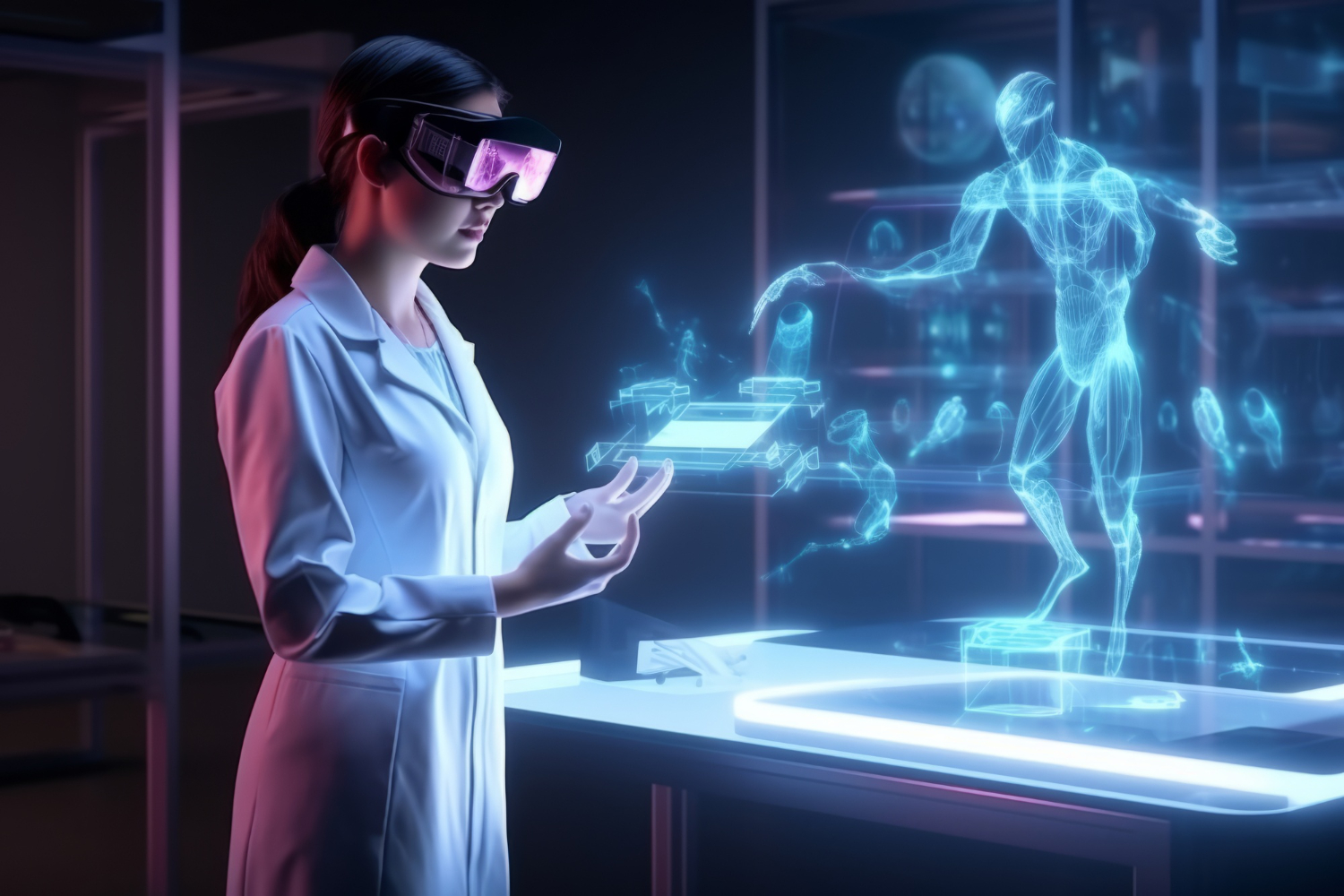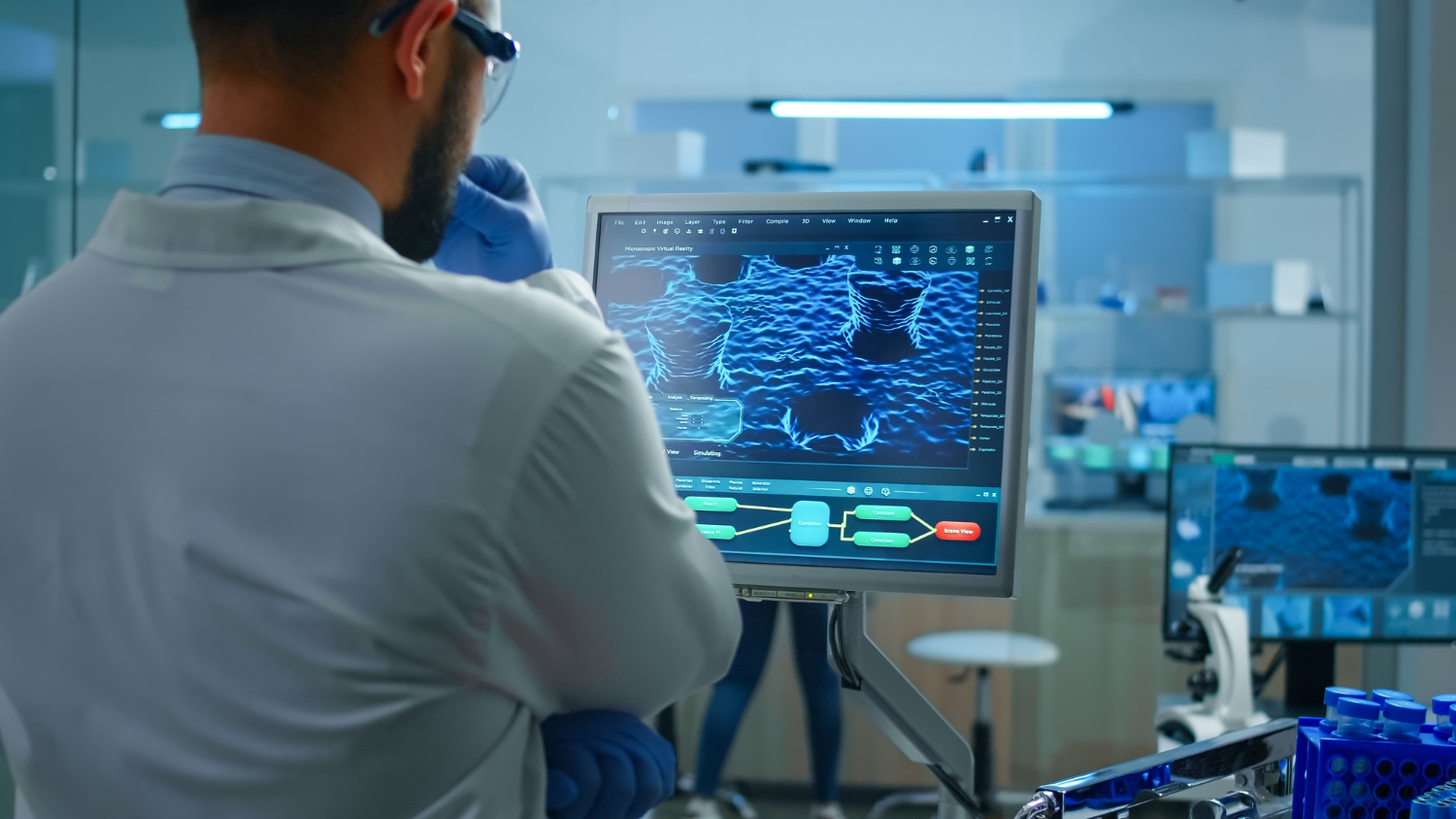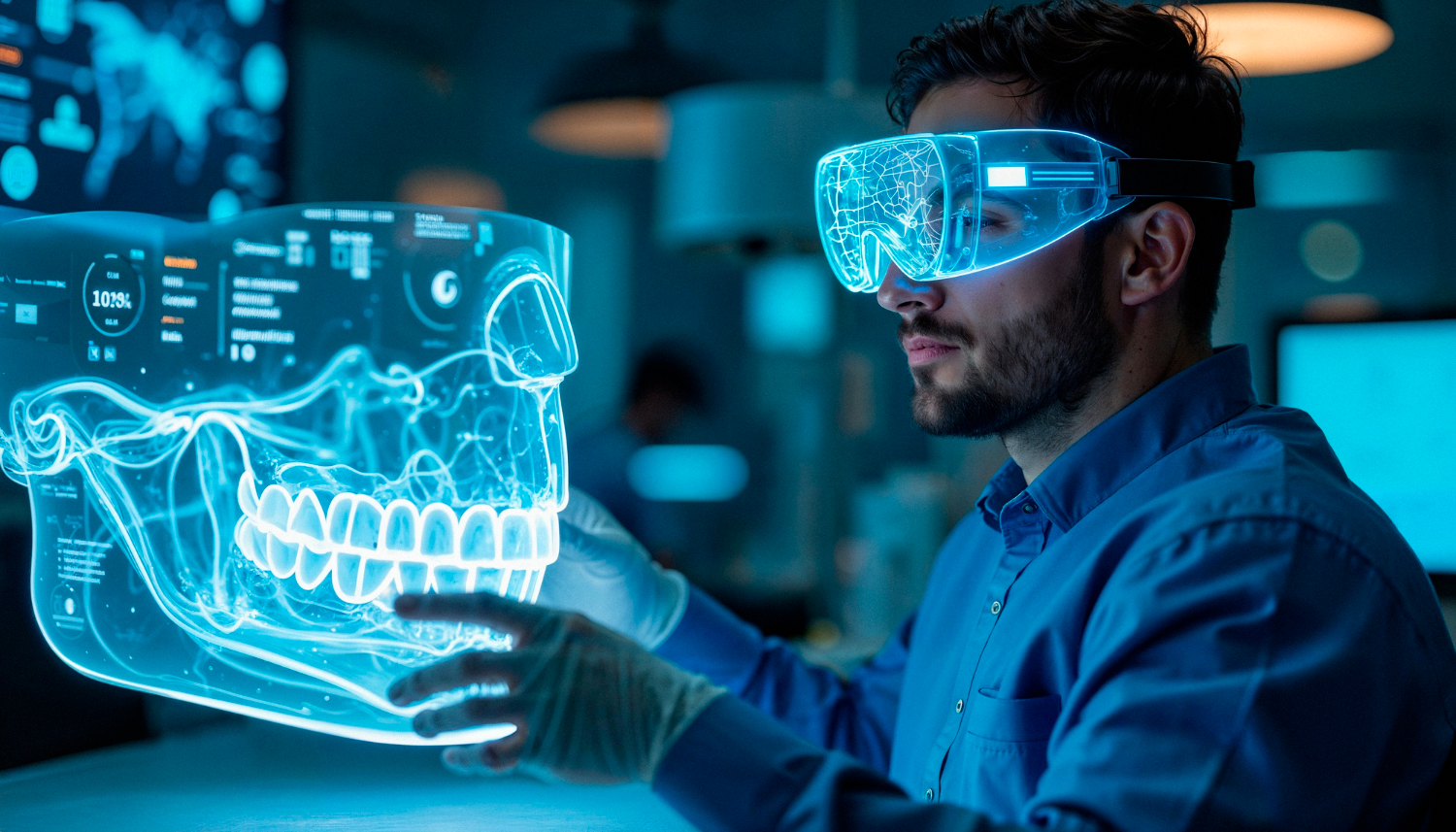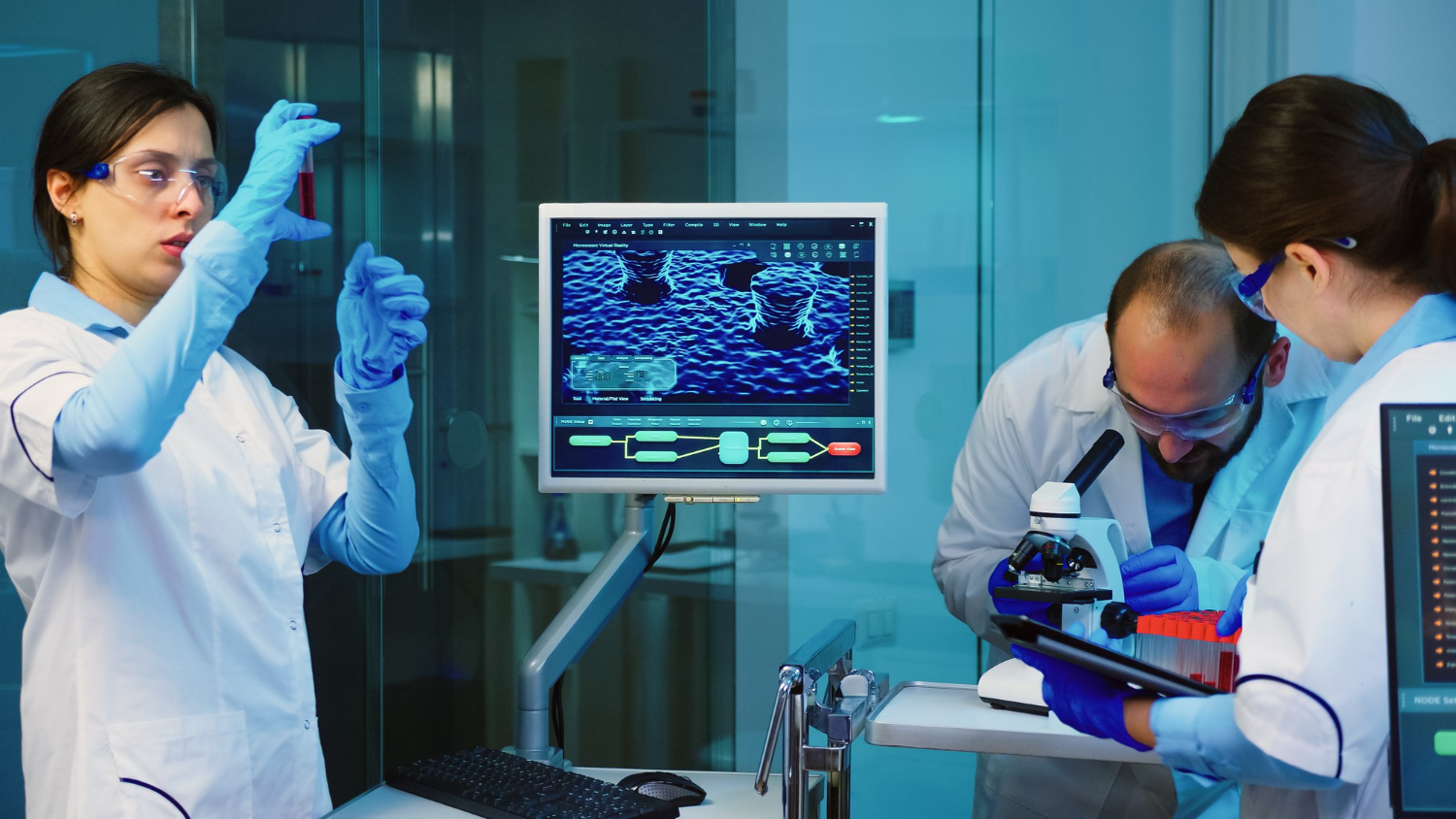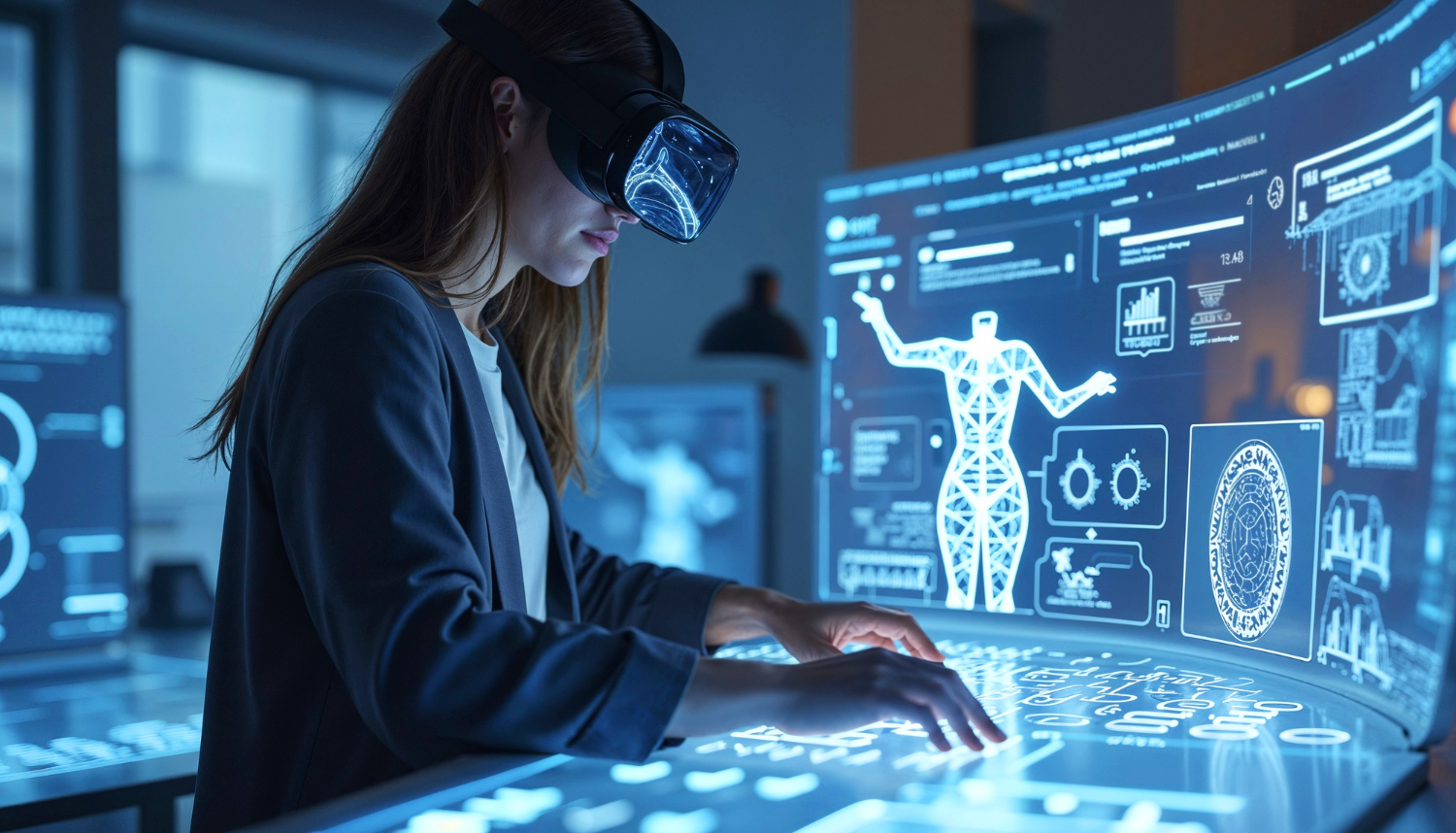Introduction
Image Analysis in Biotechnology is no longer optional. It drives research, diagnostics, and production. Laboratories generate massive volumes of image data from microscopes, scanners, and automated platforms.
These images hold vital clues about cells, tissues, and molecular structures. The challenge is clear: process this data fast, accurately, and at scale. High throughput systems and advanced image processing methods make this possible.
Why Image Analysis Matters
Biotechnology depends on precision. A single error in interpreting image data can derail experiments or compromise safety. Image analysis extracts meaningful patterns from complex visuals. Researchers use these insights to understand biological processes, validate hypotheses, and develop new products.
Manual checks cannot cope with today’s data volumes. Automated workflows handle thousands of images in minutes. High throughput systems accelerate large-scale studies and improve reproducibility. This speed is essential for competitive research and timely innovation.
Read more: Mimicking Human Vision: Rethinking Computer Vision Systems
The Role of Image Processing
Image processing is the foundation of analysis. It cleans raw data and prepares it for interpretation. Noise reduction, contrast adjustment, and colour correction are standard steps. These processes improve clarity and make features easier to detect.
Biotechnology often deals with variable conditions. Samples differ in brightness, focus, and shape. Automated systems apply filters and algorithms to standardise these variations. Consistency ensures reliable downstream analysis.
Image Segmentation for Biological Insight
Segmentation divides an image into meaningful regions. It identifies cells, nuclei, or other structures. Accurate segmentation is essential for quantitative analysis. Researchers measure size, shape, and intensity to draw conclusions about biological states.
Machine learning models now dominate segmentation tasks. They learn from training data and adapt to new samples. This approach outperforms rigid rule-based methods. It handles complex patterns and reduces manual intervention.
Machine Learning in Image Analysis
Machine learning has transformed image analysis. Algorithms learn from examples and improve over time. They classify objects, detect anomalies, and predict outcomes. In biotechnology, this means faster and more accurate interpretation of image data.
Supervised learning uses labelled images to train models. Unsupervised learning finds patterns without labels. Both methods matter. Together, they support tasks from cell counting to phenotype classification.
Deep learning models, such as convolutional neural networks, excel at recognising intricate details. They process large data sets and deliver high accuracy. These models require strong computational resources, but their benefits justify the investment.
Read more: Pattern Recognition and Bioinformatics at Scale
High Throughput Systems for Large-Scale Studies
Biotechnology often involves large-scale experiments. High throughput image analysis enables these studies. Automated platforms capture and process thousands of samples. They integrate image processing, segmentation, and machine learning into a single workflow.
This integration reduces human error and speeds decision-making. Researchers focus on interpretation rather than manual tasks. High throughput systems also support reproducibility, which is critical for scientific credibility.
Applications Across Biotechnology
Image analysis supports many areas of biotechnology:
-
Drug discovery: Screening compounds for cellular effects.
-
Genomics: Visualising chromosome structures and gene expression.
-
Diagnostics: Detecting disease markers in tissue samples.
-
Agriculture: Monitoring plant health and growth patterns.
Each application relies on accurate segmentation and robust machine learning models.
Read more: Visual analytic intelligence of neural networks
Challenges and Solutions
Challenges remain. Image data can be noisy or inconsistent. Models may struggle with rare patterns. High throughput systems need careful calibration to avoid bias.
Solutions include better training data, adaptive algorithms, and continuous monitoring. Teams also invest in scalable infrastructure to handle growing data volumes.
Advanced Strategies for Scalable Image Analysis
Scaling image analysis requires more than fast algorithms. It demands structured workflows that balance speed, accuracy, and adaptability. As experiments grow, teams face new challenges in managing image data and maintaining quality.
Building Resilient Pipelines
A resilient pipeline starts with robust image processing. Systems must handle variations in lighting, focus, and sample preparation. Automated checks ensure raw image data meets baseline quality before analysis begins. This prevents errors from propagating through later stages.
Segmentation remains critical. Advanced models combine rule-based logic with machine learning to improve reliability. Hybrid approaches reduce failure rates in unusual samples and maintain consistency across high throughput workflows.
Integrating Machine Learning for Smarter Decisions
Machine learning adds intelligence to image analysis. Models learn from diverse training data and adapt to new conditions. They classify cell types, detect anomalies, and predict outcomes with increasing precision. Continuous retraining keeps models aligned with evolving datasets.
Deep learning architectures excel at recognising subtle patterns in complex images. These models process large volumes of image data without manual intervention. They also support real-time analysis, vital for automated screening and diagnostics.
Read more: Visual Computing in Life Sciences: Real-Time Insights
Managing Large-Scale Image Data
High throughput experiments generate terabytes of image data. Efficient storage and retrieval systems are essential. Teams use structured databases and cloud platforms to keep data accessible and secure. Compression techniques and smart caching reduce costs without sacrificing detail.
Parallel processing and distributed computing allow pipelines to handle thousands of images simultaneously. This scalability ensures research timelines remain short even as project sizes grow.
Optimising Accuracy and Interpretability in Image Analysis
Accuracy is the foundation of any image analysis workflow. A single misclassification can derail an experiment or compromise product quality. To maintain precision, teams implement layered validation strategies.
These include cross-checking segmentation outputs against ground truth and running calibration tests on machine learning models. Automated alerts flag anomalies in real time, allowing immediate corrective action.
Interpretability is equally important. Researchers need to understand why a model made a decision. Transparent systems provide visual overlays, confidence scores, and clear logs.
These tools help scientists verify results and build trust in automated processes. Interpretability also supports compliance with regulatory standards, where audit trails and documented reasoning are mandatory.
Hybrid approaches combining rule-based logic with machine learning enhance interpretability. While deep learning models excel at recognising complex patterns, they can act as black boxes. Adding explainable layers ensures predictions remain accountable. This balance between performance and clarity is critical for high throughput environments where decisions must be fast yet defensible.
Future developments will focus on explainable AI integrated into image analysis platforms. These systems will not only deliver accurate segmentation and classification but also provide intuitive dashboards for decision support. As biotechnology moves toward fully automated pipelines, interpretability will remain a cornerstone of responsible innovation.
Read more: AI-Driven Aseptic Operations: Eliminating Contamination
Future Outlook
The next phase of image analysis will focus on integration. Combining image data with genomic and proteomic information will create richer insights. Predictive models will link visual patterns to molecular events, enabling breakthroughs in personalised medicine and targeted therapies.
Automation will deepen. Systems will not only process images but also trigger downstream actions, such as adjusting experimental conditions or initiating further tests. This closed-loop approach will make biotechnology workflows faster and more efficient.
TechnoLynx: Your Partner in Image Analysis
TechnoLynx helps biotechnology companies build advanced image analysis workflows. We design systems that combine image processing, segmentation, and machine learning for high throughput environments. Our solutions handle large-scale image data with speed and accuracy.
We work with your team to customise models for your samples and goals. We optimise pipelines for efficiency and reliability. Our dashboards provide clear results and actionable insights.
Let’s collaborate and turn your image analysis challenges into powerful solutions with TechnoLynx.
Image credits: Freepik


